Falmouth, Tasmania

Beez Neez now Chy Whella
Big Bear and Pepe Millard
Mon 18 Jan 2016 23:57
|
Lunch Mabel in Falmouth, Tasmania 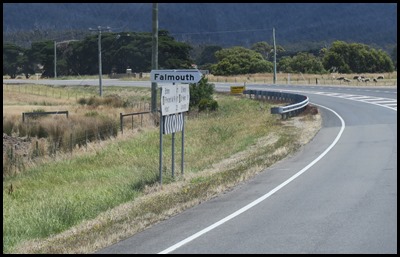 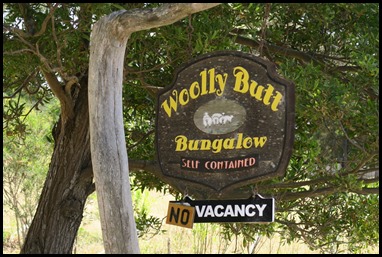 We saw the sign to Falmouth and had to.........it was lunchtime
anyway. No sooner than we had left the main road we saw a holiday bungalow
called Woolly Butt, what a wonderful
name.
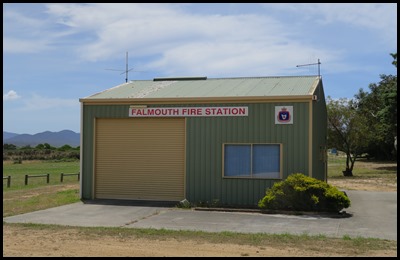 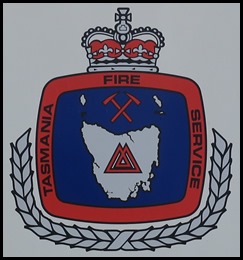 The tiny Fire Station. We drove past Four Mile
Creek and headed for the beach.
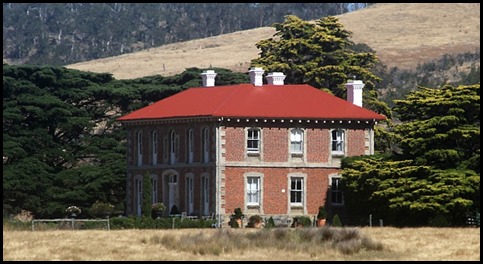 An Australian
newspaper called The Age described Falmouth in 2004: Tiny village on the
east coast.
Falmouth is an attractive and tiny, rather up market, village on the Tasmanian east coast 202 km south east of Launceston and 242 km north east of Hobart. In one sense it almost doesn't feel like a town at all. It is more like a collection of attractive houses on a cliff top with excellent views along the coastline. The
area around Falmouth was explored by John Helder Wedge and was first settled in
1829 by Captain John Henderson (after whom the large local lagoon is named) who
acquired 2560 acres. Later that same year a similar package of land was granted
to William Steel. These early settlers became the backbone of the local
community so that, even after World War I, the area was still dominated by the
heirs of Steel and Henderson.
As the
visitor turns off the Tasman Highway towards Falmouth they will note a large
Victorian homestead which was built by William Steel's nephew in 1867 for the
huge sum of £1740. It was named 'Enstone Park' after
World War One by LJ Steel who lived in the house until his death at the age of
102 in 1968.
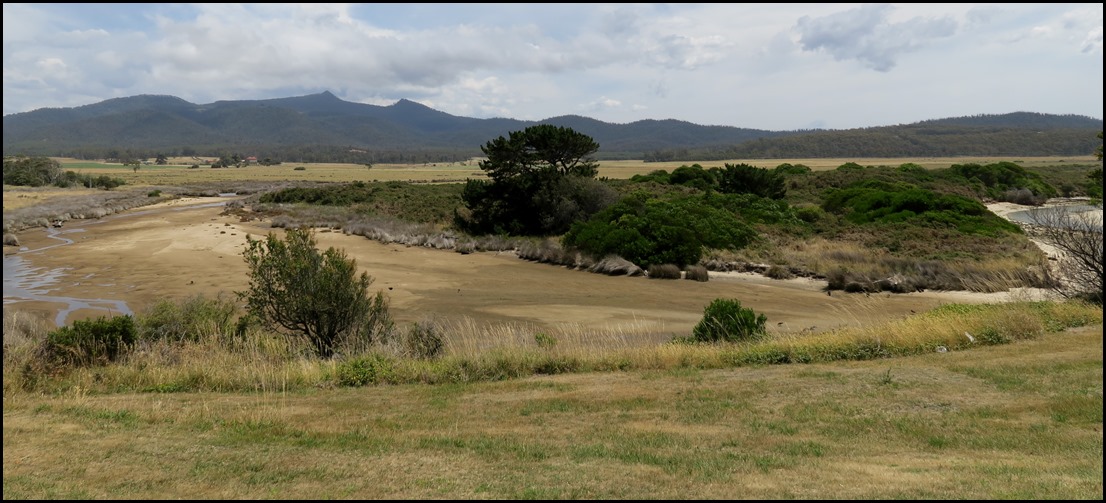 Looking back from half way along
Four Mile Creek. Enstone House red roof just visible
[toward the left].
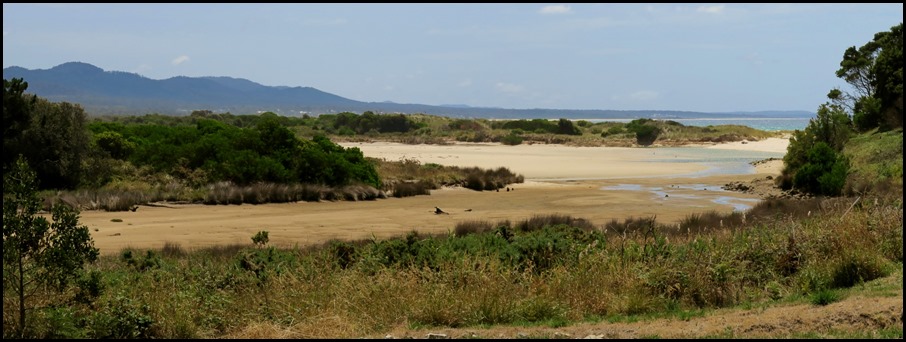 Looking out to
sea.
 Oh, ahead men
were working and bollards blocked our way. No problem one of the men
waved us forward and we waited while he cleared a way in to the little sandy car
park.
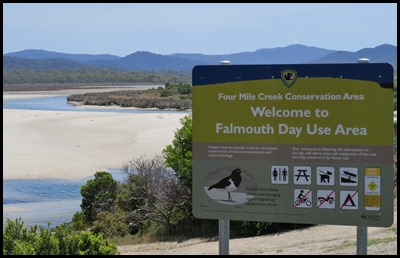 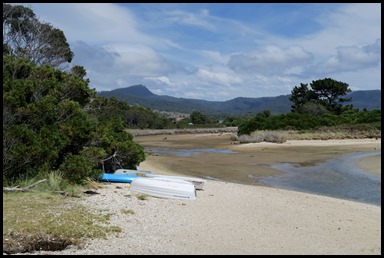 We jumped out to explore, still
revelling in the mere word – Falmouth.
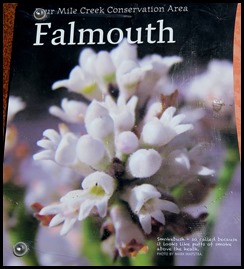 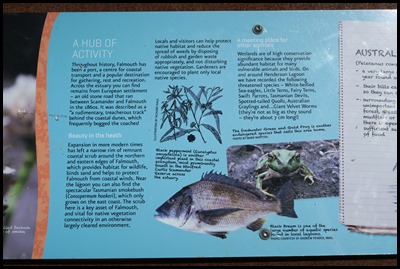 First, a stop at the information board.
A hub of activity. Throughout history,
Falmouth has been a port, a centre for coastal transport and a popular
destination for gathering, rest and recreation.Across the estuary you can find
remains from European settlement – an old stone road that ran between Scamander
and Falmouth in the 1860’s. It was described as “a rudimentary, treacherous
track” behind coastal dunes, which frequently bogged the
coaches.
Beneath the heath. Expansion in more modern times has left a
narrow rim of remnant coastal scrub around the northern and eastern edges of
Falmouth from coastal winds. Near the lagoon you can also find the spectacular
Tasmanian smokebush [Conospermum hookeri], which only
grows on the east coast. The scrub here is a key asset of Falmouth, and vital
for native vegetation connectivity in an otherwise largely cleared
environment.
Local
visitors can help protect native habitat and reduce the spread of weeds by
disposing of rubbish and garden waste appropriately, and not disturbing native
vegetation. Gardeners are encouraged to plant only local native
species.
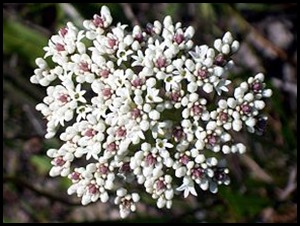
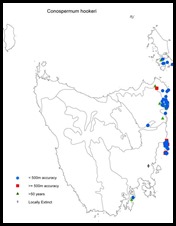 Conospermum
hookeri and distribution
map
A meeting place for other animals. Wetlands are of high
conservation significance because they provide abundant habitat for many
vulnerable animals and birds. On and around Henderson Lagoon we have recorded
the following threatened species – White-bellied Sea eagles, Little Terns, Fairy
Terns, Swift Parrots, Tasmanian Devils, Spotted-tailed Quolls, Australian
Graylings, the freshwater Green and Gold Frog and Giant Velvet Worms [they’re
not as big as they sound – they’re about 7 cms long]. Black bream are found in
the lagoon.
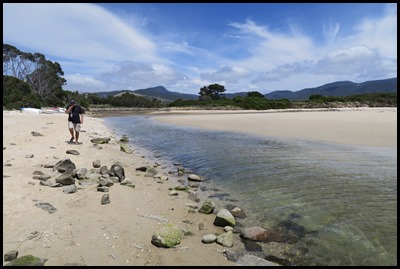 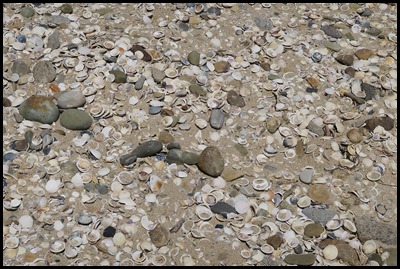 Bimbling
beside the inlet and out to the seaside we crunched
over thousands of shells.
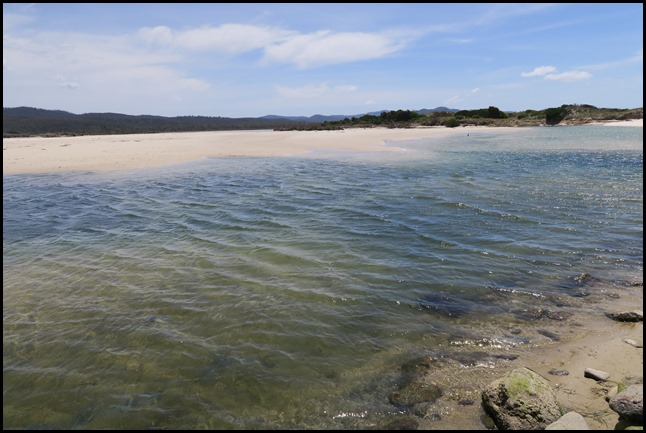 Looking ahead. The inlet with a tiny
black dot.
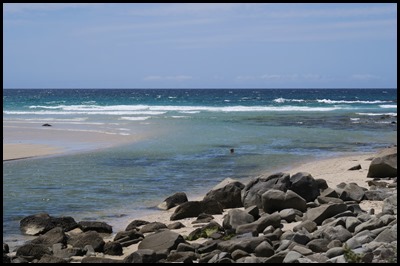 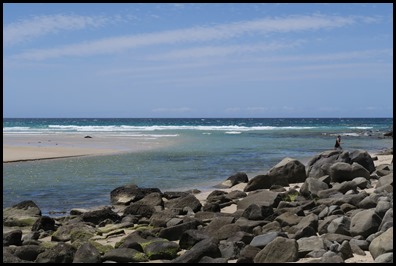 The black dot moved, got up and strode out of the water – not for us, way too chilly.
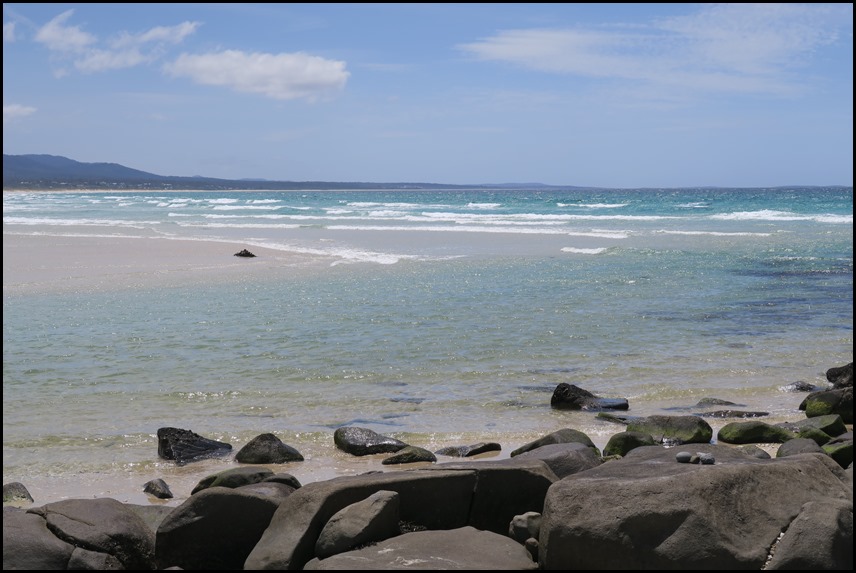 On our own to enjoy Falmouth.
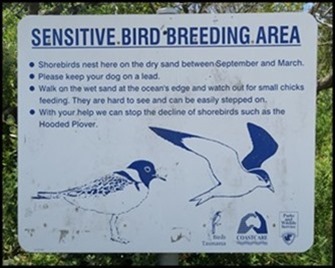 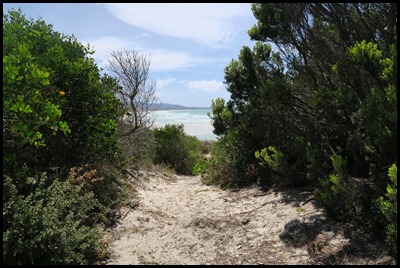 We had a bimble through the nearby bushes but in the heat of the day didn’t expect to
see anything.
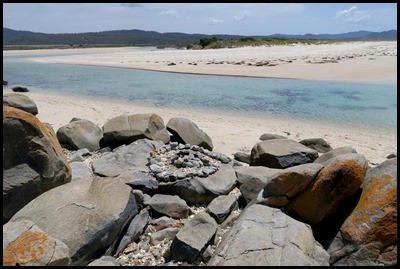 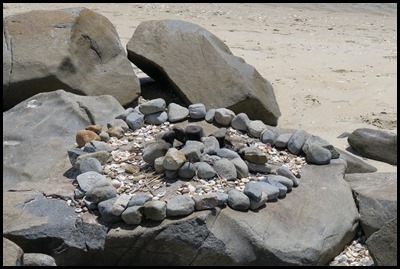 Rock art.
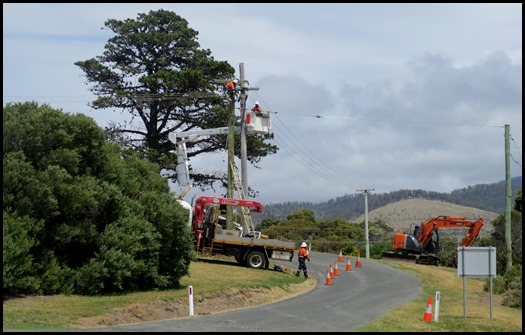 The happy workmen cleared their bollards for us once more and bade us a good
holiday.
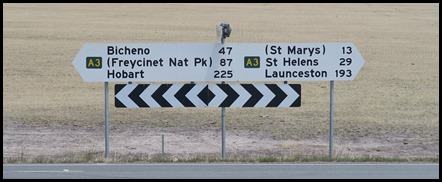 Back to the sign at the main
road and off we go.
ALL IN ALL LOVELY TO STOP AT ANOTHER
FALMOUTH
TINY COMPARED TO
CORNWALL |